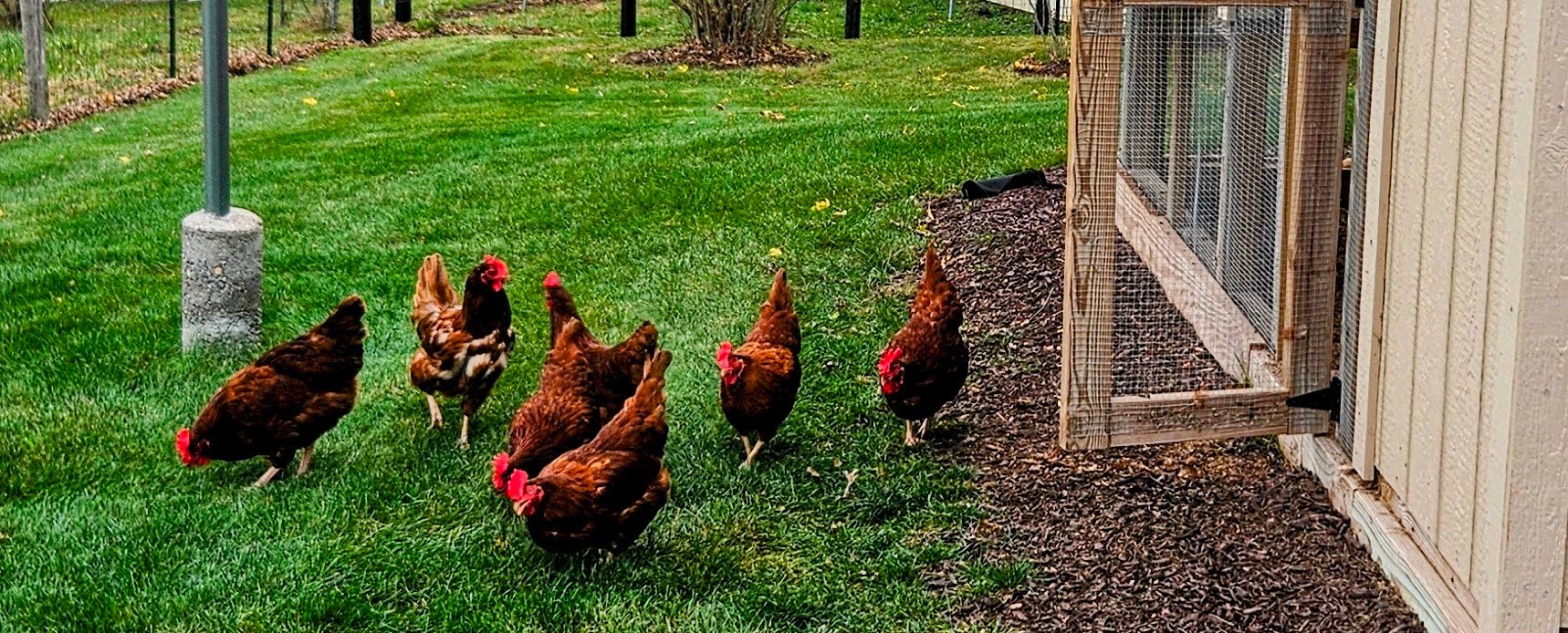
Grow Where You’re Planted: A 4-Part Guide to Garden Location Planning
-1.png?width=64&height=64&name=Untitled%20design%20(31)-1.png)
Part 3: Digging In: Choosing the Right Soil for a Thriving Homestead Garden
When planning a garden, most people think about sunlight and water first—and rightly so. But there’s one factor that’s just as important, if not more so: the soil.
Good soil is the foundation of every successful garden. No matter how much you water or how perfectly your plants are placed, they won’t thrive unless they’re growing in healthy, well-balanced soil.
Why Soil Quality Matters
Soil isn’t just dirt—it’s a living, breathing system made up of solid particles, water, air, and organic matter. When these elements are in balance, plants have the nutrients, oxygen, and structure they need to grow deep roots and produce strong yields.
Let’s break down the key components of healthy garden soil:
- Solid Particles: These include sand, silt, and clay. The ratio of these determines your soil’s texture—how it feels and how it drains.
- Water: Soil should hold enough moisture to sustain plant roots but drain well enough to prevent rot.
- Air: Just like us, plant roots need oxygen. Soil that’s too compact or waterlogged limits airflow and stunts growth.
- Organic Matter: Decomposed plant and animal material, known as humus, feeds soil life and helps retain moisture and nutrients.
Signs of Good Soil
When choosing a garden location, you want soil that’s rich, crumbly, and dark in color. Here’s what to look for:
- Earthy smell (not sour or swampy)
- A texture that crumbles easily in your hand
- Presence of worms and insects—a sign of life and aeration
- Moderate moisture without being soggy
Avoid areas where the soil is hard-packed, dry and dusty, or always wet and sticky. These conditions make it difficult for roots to spread and absorb what they need.
Testing Your Soil
You don’t need a lab to get a feel for your soil. Here are a few simple tests:
- Jar Test (for texture):
- Fill a clear jar halfway with soil from your garden location.
- Add water, shake well, and let it settle for 24 hours.
- You’ll see layers form: sand settles first, then silt, then clay.
Ideal garden soil (called loam) has a roughly even mix of all three.
- Squeeze Test (for drainage):
- Take a handful of moist soil and squeeze it.
- If it falls apart, it’s sandy. If it holds shape but crumbles with a poke, it’s loamy. If it stays clumped, it may be too clay-heavy.
- Drainage Test:
- Dig a 12-inch hole and fill it with water.
- If it drains within 1–2 hours, you’re good to go. Longer than 4 hours? You’ll likely need to amend your soil or build raised beds.
Choosing the Best Garden Spot for Soil
Even within your yard, soil can vary from one spot to another. When scouting for a location, look for:
- Areas that haven’t been compacted by foot traffic, cars, or machinery
- Spots that aren’t too close to large trees, which compete for nutrients and water
- Locations free from chemical contamination (avoid former parking areas, old sheds, or treated wood)
The best garden locations have naturally rich soil—or at least soil that’s easy to improve.
Improving Problem Soil
If your chosen garden spot has poor soil, don’t worry. You can build it up over time with:
- Compost: Adds nutrients and organic matter
- Mulch: Protects soil and retains moisture
- Cover crops: Grow nitrogen-fixing plants like clover or peas to enrich the soil
- Raised beds or containers: Perfect for areas where the soil is too sandy, heavy, or compacted to fix easily
Final Thoughts
Garden planning isn’t just about finding the sunniest or most convenient location—it’s about building a strong foundation. Healthy soil is alive and constantly changing, and when you start with a good location and the right balance of solid particles, air, and water, your plants will have everything they need to thrive.
Take the time to dig a little deeper—literally. Your garden (and your harvest) will thank you.
.png?width=50&height=50&name=8%20(2).png)

